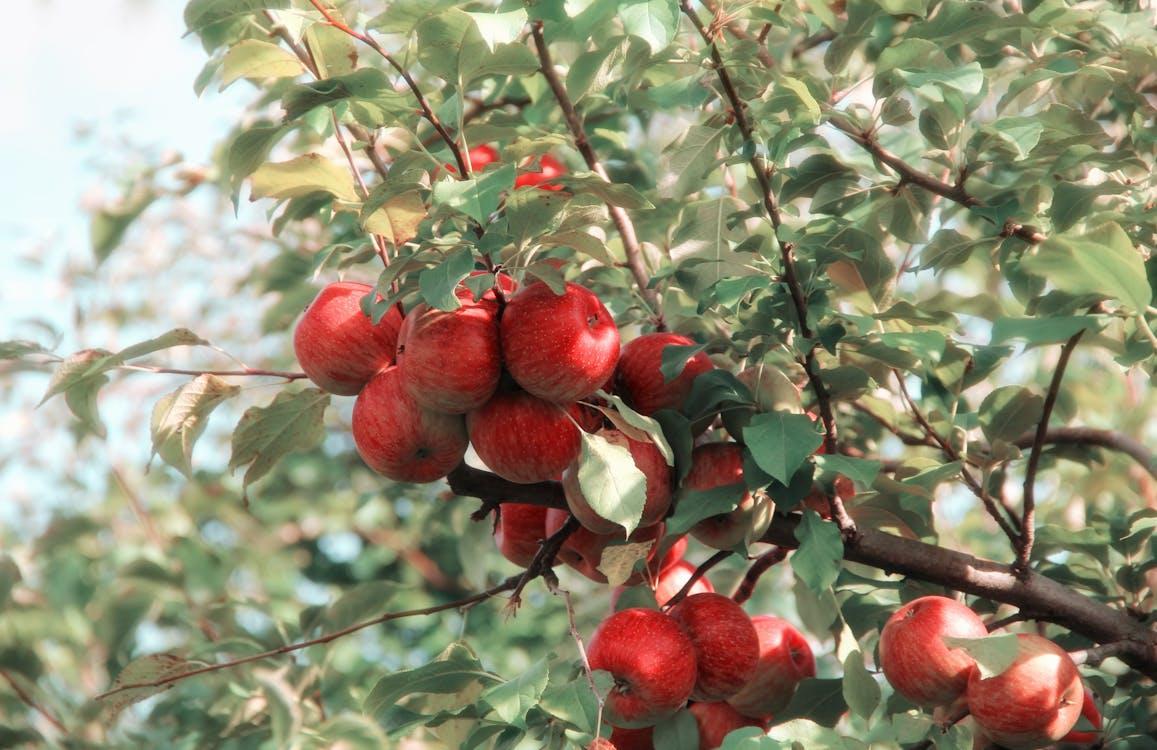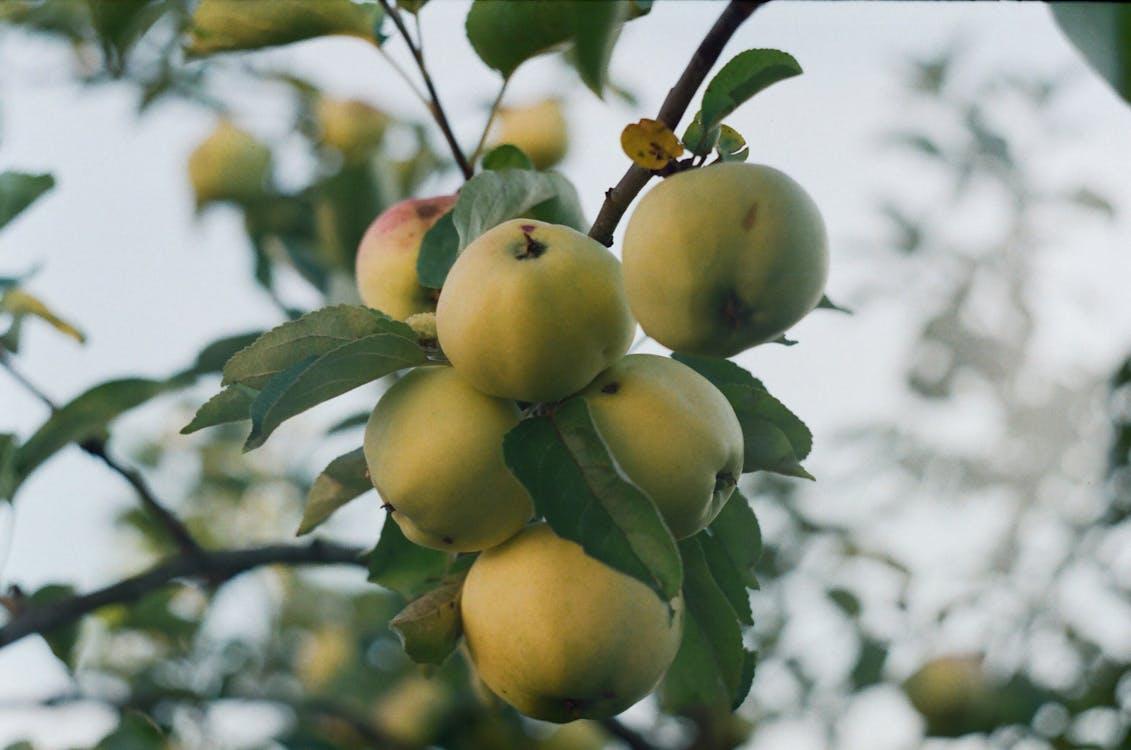
Timelines 10
Man and his Senses 10
Man and his Inventions 10
Geography 10
Fauna 10
Timelines 10
Man and his Senses 10
Man and his Inventions 10
Geography 10
Fauna 10

An apple in its smallness carries a city’s culinary traditions, a village farmer’s yearly earnings and a market’s supply - demand logic. Look at the fruit in kitchens in Czechia and you encounter an idiom, a beloved dessert, a favoured variety. Look at the same fruit in the Indian hills and you see an economy’s layers, starting from the orchards of local cultivars to increasingly, experiments in adaptation. The two landscapes — Czechia’s table culture and India’s orchard belt — offer contrasting but complementary accounts of how a single fruit can be at once a cultural emblem and an economic instrument.
In the Czech Republic, the apple is a small domestic symbol of every household. In culture and in gastronomic guides, we see the fruit’s everyday presence: apples enter language and tradition, they are rated and celebrated in regional culinary lists and they anchor a modest, local pride in varietal difference. Public guides that map taste and popularity register which fruits are prized in town markets and on family tables; broadcast features that explain idiom and culture note how apples and pears appear in expressions and stories. Taken together, these accounts sketch a picture of apples as domestic, seasonal and tasted: a fruit of continuity rather than a high-stakes commodity.
Economically, however, the apple sector in the Czech Republic has not been immune to structural pressure. A methodical industry assessment applied a standard industry attractiveness framework to the apple sector in the Czech Republic and judged the industry’s appeal to be below average in the years it analysed. That study, which looked at the late 1990s and early 2000s, concluded that the industry suffered from a combination of market, financial and competitive pressures and noted a shift in trade patterns that left producers exposed. The lesson is clear: local affection and gastronomic esteem do not, by themselves, insulate an orchard economy from imports, shifting consumer preferences or the pressures on margins and scale.
Cross the map to India and the apple becomes a different kind of witness. Here the tree is both a highland livelihood and a focus of innovation. Introduced by an American, Hill states have long been associated with apple horticulture, and contemporary accounts of varieties and cultivation underline a rich diversity. Indigenous types such as the Ambri sit alongside newer varieties and locally bred selections.
In recent years, Indian horticulture has also witnessed an unusual success story in cultivar development. A backyard seedling, first observed in 1998 and reported to have fruited by 2001, was later studied and promoted through institutional channels; the variety, named HRMN-99, has been described as a self-pollinating, low-chill cultivar adaptable to warmer zones and able to broaden the geographic footprint of apple growing. Public statements record the variety’s trajectory, its validation and multi-location trials, and a claimed distribution of saplings across many states and union territories. Those are powerful claims about local innovation and dissemination; they are, however, claims made in a promotional tone and call for independent trial data to confirm agronomic performance and true uptake on the ground.
If HRMN-99 gestures toward adaptation, broader economic realities insist on caution. India’s apple economy is not simply about varietal novelty; it is about whom the fruit feeds and how a harvest becomes value. Market studies of downstream products, notably the global market for apple concentrate, show robust demand and steady growth, with forecasts projecting industry expansion over the coming decade. That global demand for processed apple products is a double-edged signal for Indian growers: it marks opportunity for value addition and market diversity, but also exposes farmers to a network of processors, traders and global price signals that can compress farmers’ margins if domestic supply chains are weak.
Those supply chain questions are precisely where public policy and scientific programmes have begun to converge. National science and technology bodies are investing in turning agro-residues into value and in pilot plants for advanced bioproducts. Programmes that focus on converting agricultural waste into biofuels or useful intermediates speak to a recognition that post-harvest material, including apple peels, pomace and other residues, represents both an environmental challenge and an economic resource. Where apple processors or cooperatives can capture value from what was once waste, there may be an offset to seasonal gluts and to the losses that follow inadequate storage and logistics.
This is, in short, a tale of two tracks: culture and commerce. Czechia teaches us that tradtions, cultural esteem and gastronomic ranking keep the apple in the national imagination, and yet an industry analysis centred on the early 2000s warns that esteem does not guarantee competitiveness. India illustrates the opposite lesson: here one finds pressing agrarian stakes, active varietal innovation, and a policy apparatus beginning to imagine apples as feedstock for wider industrial uses. The story of HRMN-99, an adaptable, low-chill tree discovered in a back garden and later propagated with institutional help, reads like a local answer to climate and market pressure. Public recognition and the claims of broad dissemination show the ambition; market forecasts for apple concentrate and interest in residue value recovery show plausible pathways to diversify incomes beyond the fruit bin.
Yet there are clear limits to the evidence. Cultural pieces capture taste but not yield; academic analyses provide method but can be time-bound; public communications celebrate innovation but require field-level verification; industry reports give market forecasts but rest on proprietary assumptions.
The apple in both lands remains, finally, a portable archive. In kitchens in Czechia and in Indian orchards it records work, preference and adaptation. For historians and horticulturists the fruit is a compact repository of change: a window on how taste, policy and market forces shape what is planted, eaten and sold. For policymakers and growers the apple is a test case in how to pair local knowledge with institutional support and how to convert perishable harvests into enduring value. Across the two countries the same fruit exposes similar choices: invest in storage, broaden markets through processing, validate and scale resilient varieties, and similar hopes: that a small tree might yield larger livelihoods, and that taste and technology together can keep the apple at the centre of both table and market.
Sources:
https://tinyurl.com/2cx4uhrt
https://tinyurl.com/2yw2bga7
https://tinyurl.com/22hnsfyy
https://tinyurl.com/24rp63ly
https://tinyurl.com/2yxdbrv4
https://tinyurl.com/2ysm9fcw
https://tinyurl.com/28m6ltwy